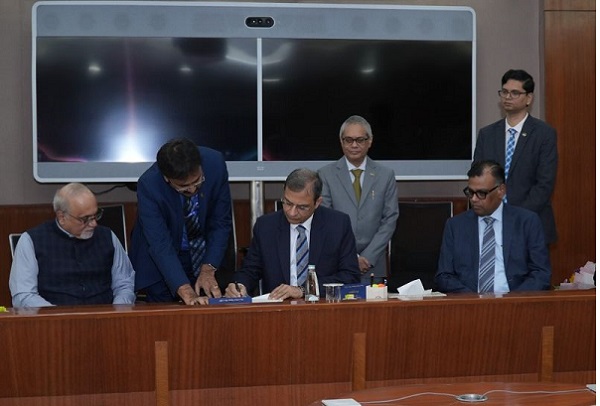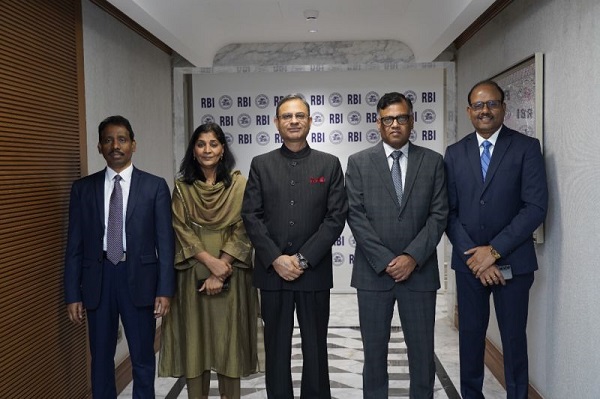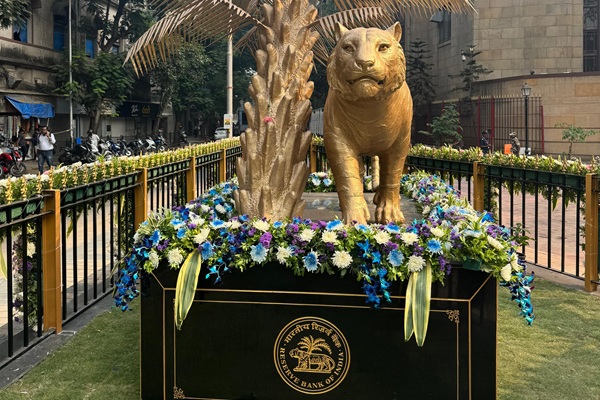.png)

Groupthink is the House View of BasisPoint’s in-house columnists.
August 20, 2025 at 2:42 PM IST
The Reserve Bank of India’s August minutes reveal a committee united in action but split in instinct. All six members voted to hold the repo rate at 5.50%, yet their statements show unease over how much room remains before inflation edges back above target.
The next monetary policy meeting, due in October, will be shaped not by the 100 basis points of cuts already delivered since February, but by how much of that easing has seeped through the economy.
Rajiv Ranjan’s intervention was the most revealing. The career insider admitted he seriously weighed another 25-basis-point cut in August, encouraged by the sharply revised inflation forecast of 3.1% for 2025-26 and food prices in deflation.
Yet he pulled back, noting that three rapid cuts had already created a front-loaded easing cycle whose impact is still working through. Additional stimulus now, he warned, could erode policy space if risks materialised later.
The fact that Ranjan appears to be the swing voter will offer some solace to markets that rate cuts are still on the table, just not in October as the MPC waits for transmission to play out. His admission that this was the most difficult meeting of his 21 rounds so far hints at the flutter of some doves, even as markets earlier this month felt the talons of the hawk when the governor spoke.
Yet this comfort may be fleeting. August was likely Ranjan’s last MPC meeting, removing a dovish counterweight just as the committee confronts its October call. His successor’s leanings remain unknown, which leaves another pause as the path of least resistance.
Others reinforced the case for caution. Poonam Gupta stressed that the disinflation is concentrated in food and unlikely to last, with core inflation above 4% and forecast to climb. Governor Sanjay Malhotra highlighted rural resilience but warned that US tariffs could drag on external demand and private investment. Nagesh Kumar and Ram Singh pointed to weak investment and uneven industrial growth, while Saugata Bhattacharya flagged falling deposit rates as a risk to household savings even as credit flows remain robust.
Taken together, the message is clear. Growth is resilient, though below aspirations. Inflation is benign, though not anchored. Policy has moved quickly, and now transmission, particularly from the September CRR cut, needs time.
Several members stressed that policy must remain data dependent, and with quarterly GDP numbers due before the October meeting, the MPC has deliberately kept its stance neutral. That stance is not indecision but optionality, allowing the committee to either cut or hold depending on how growth and inflation unfold.
Policy Pause
October’s outcome will hinge on two moving parts. The first is transmission: banks should by then have adjusted lending and deposit rates more fully to the 100-basis-point easing already delivered. If credit demand picks up, there will be little case for further immediate action. The second is tariffs: if US duties harden and exporters start showing stress, the argument for easing could revive. Interestingly, some members observed that the trade wars are generating both inflationary and disinflationary impulses. Markets are mostly betting on the latter.
The most probable result in October is another pause.
The MPC will argue it has already acted decisively and now must wait for the medicine to work. The forecast of inflation climbing back above 4% by early 2026 only strengthens that logic. A cut is not off the table, but it would require either a sharper-than-expected slowdown in demand or a tariff shock that materialises faster than anticipated.
A hike remains unlikely.
For markets, the August minutes carry a layered signal. The governor’s caution reflects the discipline of anchoring inflation expectations, while Ranjan’s hesitation keeps alive the hope of further easing.
The near-term message is wait-and-watch, but the longer-term message is that the easing cycle is not yet dead. The Reserve Bank has moved fast. Its next act may be to wait, but with its stance neutral, the August MPC minutes show, the door to more cuts remains ajar.



